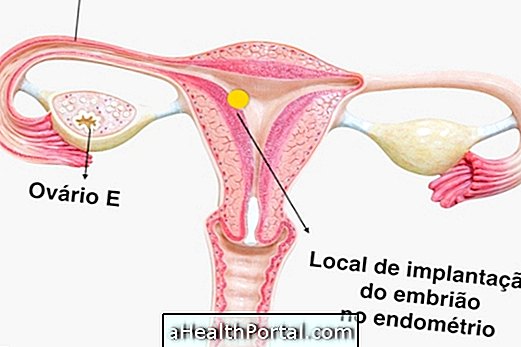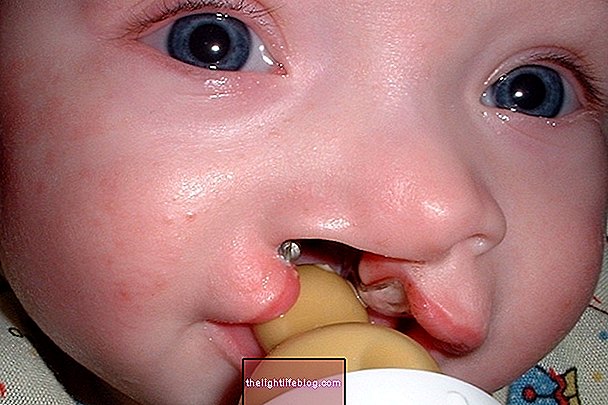Urinary incontinence in pregnancy is a common situation that usually regresses spontaneously after the baby's birth and can be caused by:
- Baby's weight that makes the urinary sphincter more relaxed;
- Hormones that serve to prevent contractions that also relax the perineum muscles;
- Displacement of the uterus with the growth of the baby that changes the position of other organs and presses the bladder.
Although it is a problem that usually disappears after delivery in the event of induced delivery, in situations where the baby weighs more than 4 kg or takes a long time to be born the woman may have urinary incontinence because the perineum muscles stretch a lot during the and become more flaccid, causing involuntary loss of urine.
Treatment for urinary incontinence in pregnancy
The treatment for urinary incontinence in pregnancy aims to strengthen the muscles of the pelvic floor through contraction to decrease episodes of urinary incontinence.
Thus, treatment can be done through physiotherapy with electrical stimulation, in which the pelvic muscles involuntarily contract due to a light and bearable electric current.
Another treatment option for urinary incontinence in pregnancy are the contraction exercises of the pelvic floor muscles, which are called Kegel exercises .
Kegel exercises consist of contracting the pelvic muscles, as shown in the picture.

To perform the exercises you must:
- Empty the bladder;
- Contract the pelvic floor muscles for 10 seconds. To identify what these muscles are, you only have to stop the flow of urine when you are urinating. This movement is the one you have to use in contraction;
- Relax the muscles for 15 seconds.
Kegel exercises should be repeated 10 times in a row, about 3 times a day.
The most important thing is for the woman to be aware of the muscle that she should contract and contract it several times a day. The more exercises you do, the faster you will be cured. This exercise can be done sitting, lying down, with legs open or closed.


























